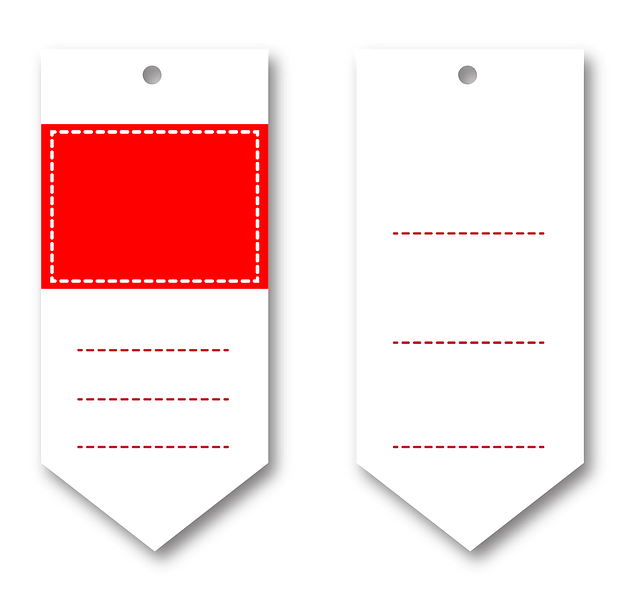In London, skin tags are a common benign skin growth found on areas experiencing frequent friction like the neck, armpits, and groin. The city's climate can affect their development, highlighting the importance of regular checks and professional evaluation to differentiate them from other skin conditions. London Tag Removal clinics provide various safe and effective removal options, including surgical excision, cryotherapy, and electrocautery, all performed under sterile conditions by healthcare professionals. For those preferring at-home treatments, it's crucial to consult with a medical practitioner first, as some methods like tea tree oil are suitable only for small, benign skin tags. After removal, careful post-care is essential to prevent infection and ensure proper healing, with specialized clinics in London offering detailed aftercare instructions to facilitate recovery. For the best outcomes, individuals should select a treatment based on the size, location, and nature of the skin tag, considering professional medical procedures for larger or complex tags due to their higher safety and success rates. Regular follow-ups with a healthcare provider are important for monitoring healing progress post-procedure and addressing any complications that may arise.
Navigating skin tag concerns? This article delves into the best practices for safe and effective removal of skin tags, a common dermatological occurrence. Whether you’re exploring professional treatments or considering at-home methods in London, understanding the nuances is key. We’ll guide you through the identification, causes, and preparation for removal, ensuring you’re well-informed on the safest approaches tailored to London residents. From pre-removal preparations to post-care recovery tips, this comprehensive guide aims to provide a clear path to optimal skin health in the vibrant city of London.
- Understanding Skin Tags: Identification and Causes in the Context of London Tag Removal
- Preparing for Safe Skin Tag Removal: Step-by-Step Guide for London Residents
- Professional vs. At-Home Methods: Evaluating Options for Tag Removal in London
- Post-Removal Care and Recovery: Ensuring the Best Outcomes After Skin Tag Removal in London
Understanding Skin Tags: Identification and Causes in the Context of London Tag Removal

Skin tags, also known as acrochordons, are small, benign skin growths that hang on a stalk. They are commonly found on areas of the body where there’s friction, such as the neck, armpits, and groin. In the context of London Tag Removal, understanding these skin appendages is crucial for effective management. Residents of London may notice these tags due to the city’s diverse climate, which can influence their development and appearance. London’s varied environments, from the humid underground to the cooler, drier air above, can affect skin health and the likelihood of skin tags forming. It’s important for individuals considering removal to accurately identify skin tags as they can be confused with malignant growths like warts or moles. A professional dermatologist in London can provide a definitive diagnosis and discuss safe removal options, which may include surgical excision, cryotherapy, or electrocautery under sterile conditions. These methods are employed by clinics specializing in London Tag Removal to ensure patient safety and optimal outcomes. Understanding the causes of skin tags is also essential; they are often linked to genetic factors, hormonal changes, and conditions of prolonged pressure or friction on the skin. With this knowledge, Londoners can take proactive steps towards maintaining their skin’s health and appearance, utilizing reputable services like London Tag Removal for safe and effective treatment.
Preparing for Safe Skin Tag Removal: Step-by-Step Guide for London Residents

When considering the removal of skin tags, a careful and informed approach is paramount. London residents have access to various methods for safe skin tag removal, ranging from at-home treatments to medical procedures performed by healthcare professionals. The process begins with a thorough consultation to determine the most suitable method based on the size, location, and overall health of the individual. It’s essential to choose a reputable practitioner, whether opting for a surgical excision, cryotherapy, or natural remedies like tea tree oil application, which should only be used for smaller, non-cancerous skin tags after consulting with a healthcare provider.
Before proceeding with any removal method, it’s important to prepare the affected area. This involves cleaning the skin tag and the surrounding skin with antiseptic to prevent infection. For at-home treatments, ensure you have all necessary materials at hand, following the instructions precisely as directed by a qualified individual or as per medical guidelines. If undergoing professional treatment, such as electrocautery or laser surgery, follow pre-procedure instructions closely, which may include avoiding certain medications that increase bleeding risk. After the procedure, whether at home or in a clinical setting, adhere to post-removal care instructions to facilitate proper healing and minimize the risk of complications. For those in London seeking professional tag removal services, it’s advisable to visit licensed dermatologists or clinics specializing in this procedure to ensure the highest standard of safety and effectiveness.
Professional vs. At-Home Methods: Evaluating Options for Tag Removal in London

When considering the removal of skin tags, individuals in London have a choice between professional and at-home methods. Professional tag removal is carried out by trained medical professionals who use various techniques such as cryotherapy, surgical excision, or electrodesiccation to ensure safe and effective removal. These methods are typically more costly but provide a higher degree of safety and success rates due to the expertise and precision involved. Moreover, professional treatment often addresses larger and more complex skin tags that may be situated in sensitive areas where at-home methods would be risky.
In contrast, at-home remedies for skin tag removal in London range from natural options like tea tree oil applications or the use of over-the-counter treatments to more involved DIY procedures such as tying the tag with a thread to cut off its blood supply. While some at-home methods may be effective for smaller, less sensitive skin tags, it is crucial to approach these with caution. Safety, sterility, and proper technique are significant concerns when opting for at-home solutions. Individuals should thoroughly research any at-home method, ensuring they follow guidelines safely to avoid infection or incomplete removal that could lead to complications. The choice between professional and at-home skin tag removal in London ultimately depends on the size, location, and nature of the skin tag, as well as personal preference and budget. It is always recommended to consult with a healthcare provider before attempting any removal method to ensure the best outcome for your specific situation.
Post-Removal Care and Recovery: Ensuring the Best Outcomes After Skin Tag Removal in London

post-removal care is paramount for achieving optimal outcomes after skin tag removal in London. The procedure, whether performed by a dermatologist or a specialized clinic like those found in the bustling clinics of London’s Tag Removal experts, requires attentive aftercare to minimize the risk of infection and ensure proper healing. Immediately following the removal, the affected area should be kept clean and dry. Gently washing the site with soap and water and drying it thoroughly are initial steps in the recovery process. Patients are advised to avoid tight clothing over the treated area to prevent irritation and to monitor the site for any signs of infection, including excessive redness, swelling, or discharge.
In London’s clinics specializing in tag removal, professional guidance is provided on post-procedure care, which may include topical antibiotics or antiseptics to safeguard against bacterial growth. Additionally, over-the-counter pain relief medications can be used to manage any discomfort. Over the course of a week or two, the area should gradually heal, with the skin tag eventually falling off or being reabsorbed by the body. During this time, it’s crucial to avoid picking at the area or attempting to remove any residue left behind, as this can lead to complications. Regular follow-up appointments with your provider in London’s Tag Removal services are essential to ensure the healing process is progressing as expected and to address any concerns promptly. Adhering to these post-removal care practices not only promotes a smooth recovery but also maximizes the aesthetic results of the skin tag removal procedure.
In conclusion, managing skin tags is a common concern for many London residents. It’s crucial to approach their removal with careful consideration and adherence to best practices. Understanding what skin tags are and why they form sets the stage for informed decision-making when considering removal options. Whether opting for professional treatment or exploring at-home remedies, it’s essential to prepare properly to ensure safety and effectiveness. Post-removal care is equally important for optimal recovery and minimal scarring. London tag removal encompasses a comprehensive approach that prioritizes patient well-being and aesthetics. By following the outlined guidelines, individuals can confidently and safely address their skin tags, contributing to their overall health and appearance in the vibrant city of London.
